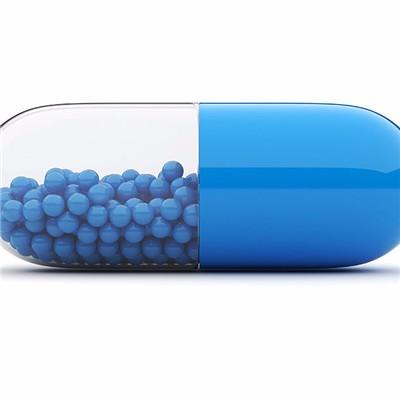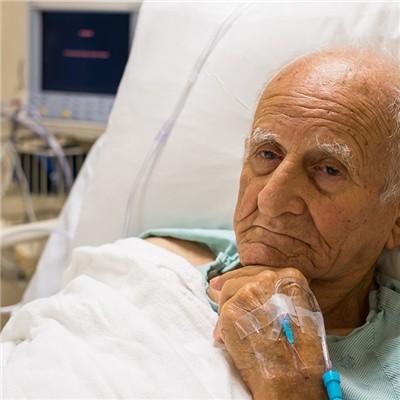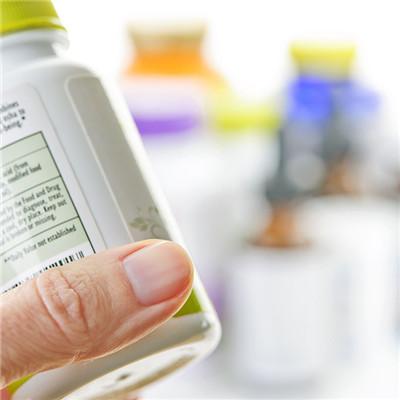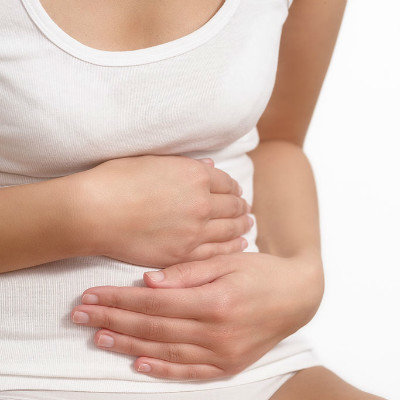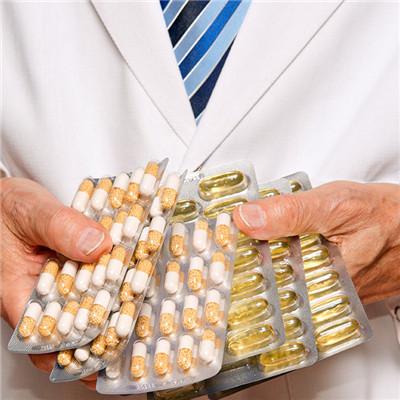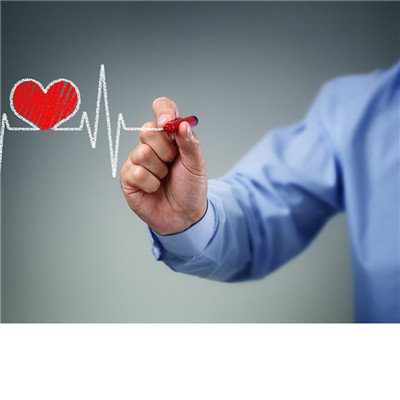What are the symptoms of vascular disease?
summary
Blood vessel is an important link to maintain human life. Once pathological changes occur, there will be various abnormal phenomena, such as obvious pain prone phenomenon, including intermittent pain (movement, posture and temperature difference), persistent pain; In addition, body shape and skin color will also change, in this case, in addition to active treatment, we must pay attention to diet, but also appropriate exercise.
What are the symptoms of vascular disease?
Sports pain, also known as intermittent claudication, can occur in the whole lower limb, but mostly occurs in the calf gastrocnemius muscle. It is characterized by fatigue, pressure, numbness, dull pain or spasmodic pain in the affected limb after walking for a certain distance. It can be relieved after a period of rest, but the same symptoms can be produced when walking the same distance again. This is a typical symptom of chronic limb ischemia, which often appears in the early stage of the disease. It should be pointed out that intermittent claudication can also occur in venous diseases and some non arterial occlusive diseases, such as iliofemoral vein occlusion, hip or knee arthritis, etc. Therefore, the patients with intermittent claudication must be examined for arterial insufficiency and other signs of venous disease.
The change of body position can affect the blood flow and aggravate or improve the pain. For example, the elevation of the affected limb with insufficient arterial blood supply may induce or aggravate pain due to the decrease of blood supply, which may be alleviated when the limb sags. On the contrary, in patients with poor venous return, when the affected limb droops, the pain will be induced or aggravated due to the aggravation of congestion, and when the affected limb is raised, the pain will be relieved because it is conducive to venous return.
Limb pain is related to ambient temperature. When the arterial blood supply is insufficient, the affected limb will be overheated or supercooled, which can cause pain. When overheated, such as hot bath or hot compress, local metabolism accelerates, oxygen consumption increases, and the narrowed artery cannot supply enough blood to meet the needs of local metabolism, it is pain. When subcooled, such as cold compress, cold, cold or damp, can stimulate small artery spasm, more severe limb blood shortage and pain.
matters needing attention
The change of skin color is mainly caused by insufficient arterial blood supply, abnormal diastole and contraction, venous congestion and high pressure. When examining the skin color of the affected limb, natural light should be used as far as possible, and the observation should be carried out in the environment of 25 ℃ or so at room temperature. The color of normal skin is light red, and the pathological skin color is divided into red, cyanosis and pale. When erythematous limb pain occurs, the skin is typically reddish. In Raynaud's syndrome and cyanosis of the fingers (toes), cyanosis of the symmetrical parts of the bilateral extremities is continuous and uniform, accompanied by a decrease in skin temperature.

